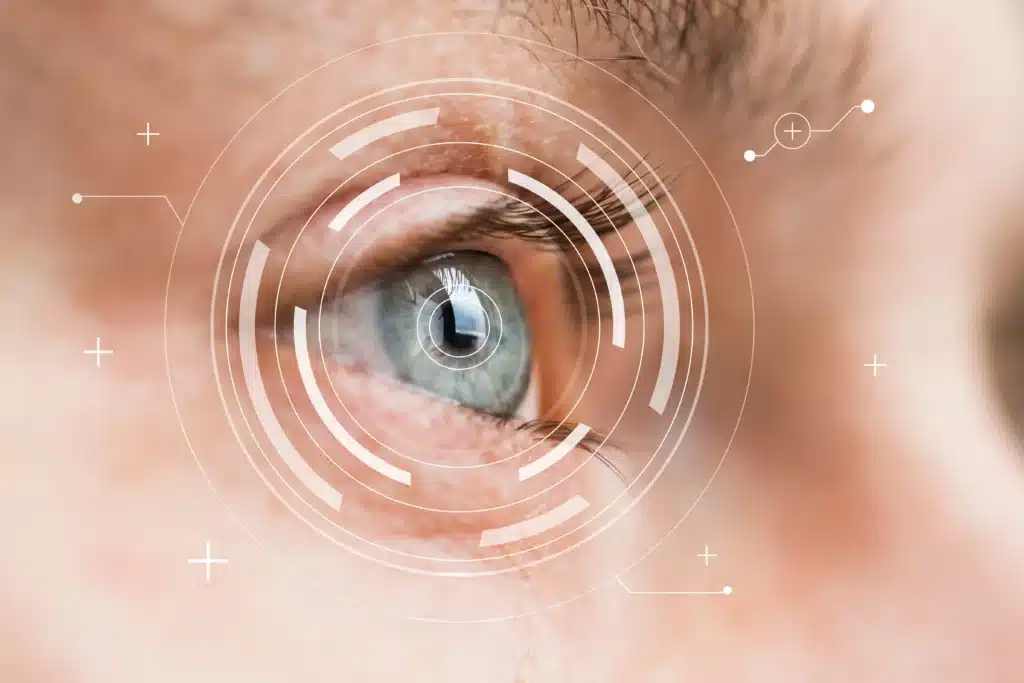In the realm of diabetes management, Continuous Glucose Monitoring (CGM) has emerged as a game-changer, revolutionizing the way individuals monitor their blood sugar levels. Beyond its immediate benefits, recent research has unveiled a promising correlation between CGM use and enhanced diabetic retinopathy outcomes, particularly in individuals with Type 1 Diabetes (T1D). Let’s delve into this intriguing connection and understand how CGM technology could potentially transform diabetic retinopathy outcomes.
Understanding Diabetic Retinopathy
Diabetic retinopathy stands as one of the most prevalent complications of diabetes, characterized by damage to the blood vessels in the retina. Over time, this condition can lead to vision impairment and even blindness if left untreated. Individuals with T1D are especially vulnerable to diabetic retinopathy due to fluctuations in blood glucose levels.
The Role of CGM in Diabetes Management
Continuous Glucose Monitoring systems offer a real-time view of blood glucose levels, providing invaluable insights into patterns and trends. Unlike traditional finger-prick tests, CGM devices offer continuous monitoring, offering users a comprehensive understanding of their glucose fluctuations throughout the day and night. This real-time data empowers individuals to make timely adjustments in their insulin doses, dietary choices, and lifestyle habits, thereby optimizing their glycemic control.
Research Insights: CGM and Diabetic Retinopathy Outcomes
Recent studies have shed light on the potential benefits of CGM use in mitigating the risk and progression of diabetic retinopathy among T1D patients. A notable study revealed that individuals who consistently used CGM devices experienced a significant reduction in the incidence and severity of diabetic retinopathy. The findings underscored the pivotal role of continuous glucose monitoring in preserving retinal health and preventing the onset of diabetic eye complications.
Read More What is blood glucose tracking and can the Apple Watch do it?
Mechanisms Behind the Link
The correlation between CGM use and improved diabetic retinopathy outcomes can be attributed to several factors. Firstly, by maintaining tighter glycemic control, CGM users are better equipped to prevent sudden spikes and drops in blood sugar levels, thereby reducing the stress on retinal blood vessels. Additionally, the proactive nature of CGM enables early detection of glycemic fluctuations, allowing prompt intervention to prevent prolonged exposure to high glucose levels, which is detrimental to retinal health.
Empowering Patients and Healthcare Providers
Beyond the clinical realm, the integration of CGM technology into diabetes management fosters a collaborative approach between patients and healthcare providers. Through data-sharing functionalities, individuals can transmit their CGM data to their healthcare team, facilitating personalized treatment adjustments and proactive interventions. This synergy between technology and healthcare expertise empowers patients to take proactive measures to safeguard their ocular health and overall well-being.
Also, read more about Is CGM Education Essential for Equitable Diabetes Care?
Navigating Challenges and Opportunities
While the correlation between CGM use and improved diabetic retinopathy outcomes presents promising prospects, challenges persist in ensuring widespread adoption and accessibility of CGM technology, particularly among underserved populations. Addressing barriers such as cost constraints, technological literacy, and healthcare disparities is paramount in harnessing the full potential of CGM in enhancing diabetic retinopathy outcomes across diverse demographics.
Conclusion
The evolving landscape of diabetes management is underscored by the transformative potential of Continuous Glucose Monitoring technology. As research continues to unravel the intricate interplay between CGM use and diabetic retinopathy outcomes, it is evident that this innovative approach holds immense promise in optimizing ocular health and improving the lives of those who with T1D. By leveraging the insights gleaned from research findings and fostering collaborative efforts among stakeholders, we can pave the way for a future where diabetic retinopathy becomes a preventable complication rather than an inevitable consequence of diabetes.


